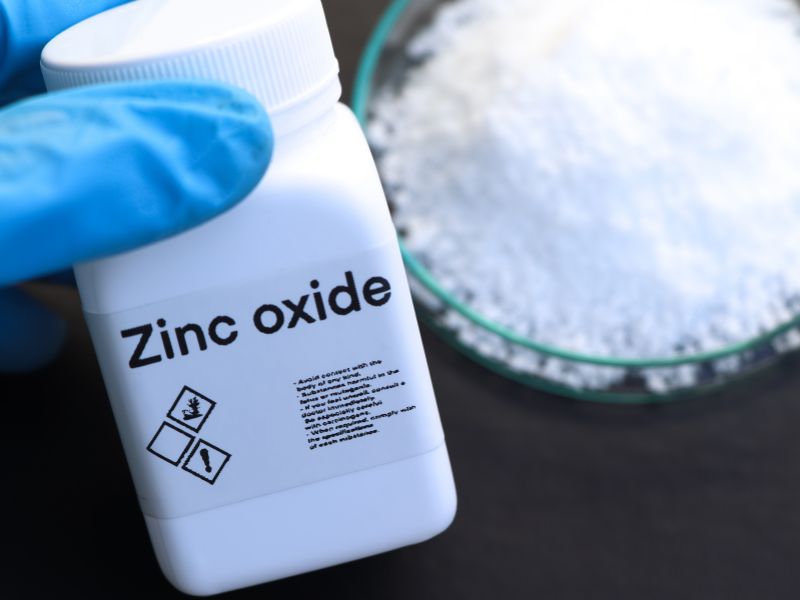Zinc oxide powder is a very popular ingredient in various industrial and skin care products, particularly sunscreens, creams, and body lotions. This ingredient is known for its ability to protect the skin from ultraviolet (UV) rays and its antibacterial properties.
However, zinc oxide is available in two different forms: nano and non-nano zinc oxide. Understanding the difference between the two is crucial, especially to choose the right product for your needs, ensuring safety and effectiveness.
Understanding the Difference Between Nano and Non-Nano Zinc Oxide Powder
As previously stated, understanding the fundamental differences between ZnO is crucial. This directly impacts the safety and effectiveness of the products we use daily. Some of the differences include:
Particle Size
The main difference between nano and non-nano zinc oxide lies in particle size. Nano zinc oxide has very small particles, typically less than 100 nanometers. This small particle size allows zinc oxide to be transparent on the skin, leaving no noticeable residue.
Meanwhile, non-nano zinc oxide has a larger particle size. Generally, they are larger than 100 nanometers. When applied, products containing non-nano powder tend to leave a white layer. This is usually clearly visible on the skin’s surface.
How it Works and Effectiveness
Particle size affects how zinc oxide powder works on the skin and its appearance. Nano powder is effective at absorbing and reflecting UV rays, thus optimally protecting the skin from UVA and UVB rays. Because nanoparticles are so small, products containing zinc oxide are usually more comfortable and aesthetically pleasing.
That’s why they are highly sought after in modern cosmetics and natural-looking sunscreens. However, there is concern about the possibility of nanoparticles penetrating deeper layers of the skin. Although there is no evidence that this poses a serious health risk, the use of nano products requires extra caution for sensitive skin or wounds.
Meanwhile, non-nano powder tends to remain on the skin’s surface without penetrating deeper layers. This makes it a very safe and suitable choice for sensitive skin, even for babies or those who prioritize natural and environmentally friendly products.
While it provides good UV protection, non-nano zinc oxide powder is less aesthetically pleasing. This is because it often leaves a white residue on the skin. Therefore, some people may find their use less desirable.
Environmental Impact
Besides appearance and skin penetration, nano and non-nano powders also differ in terms of environmental impact. Zinc oxide is generally more environmentally friendly than other chemical sunscreens, particularly in terms of not damaging coral reefs.
However, nanoparticles are still under investigation due to concerns that very small particles can be dispersed. Therefore, non-nano zinc oxide is often the choice for products that carry an eco-friendly label.
Overall, the choice between nano and non-nano zinc oxide powder depends largely on the user’s needs and preferences. If you want a product with a transparent and comfortable finish, nano powder may be the right choice. However, if safety is a priority for sensitive skin, such as babies, non-nano powder is the best option.


